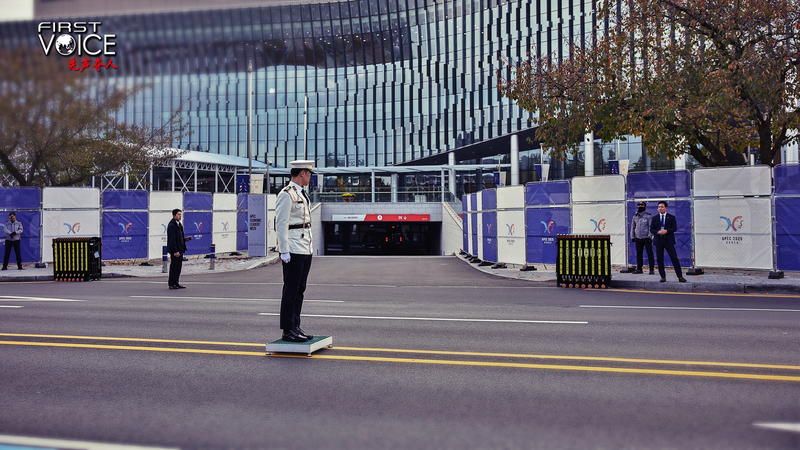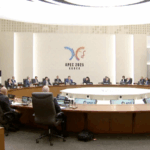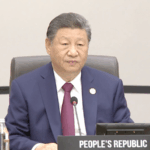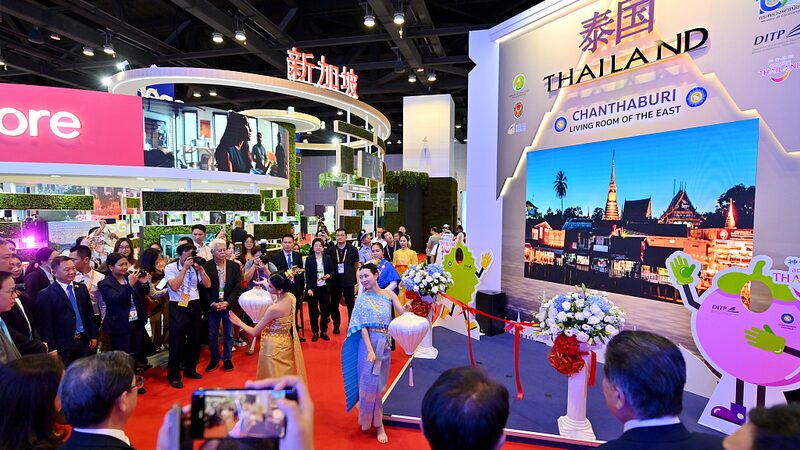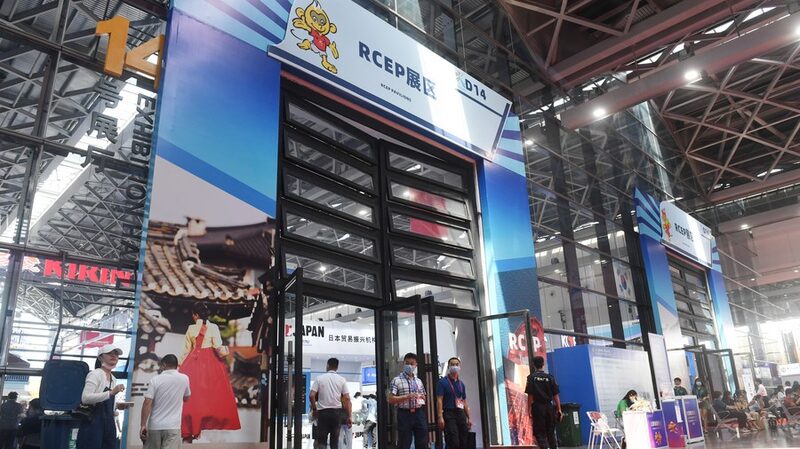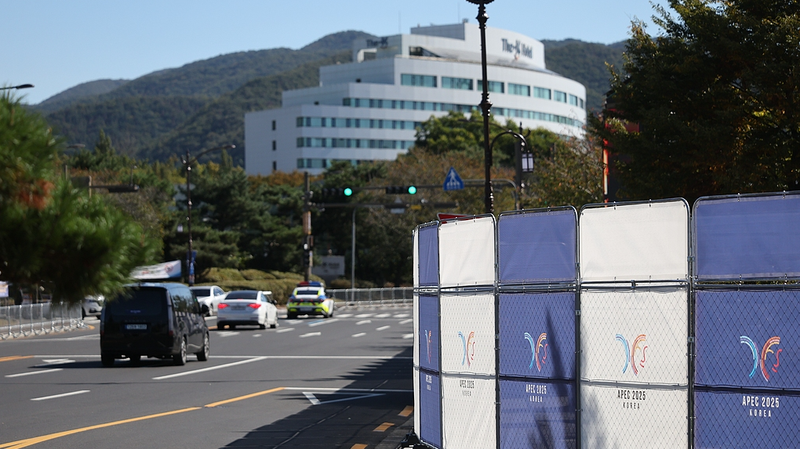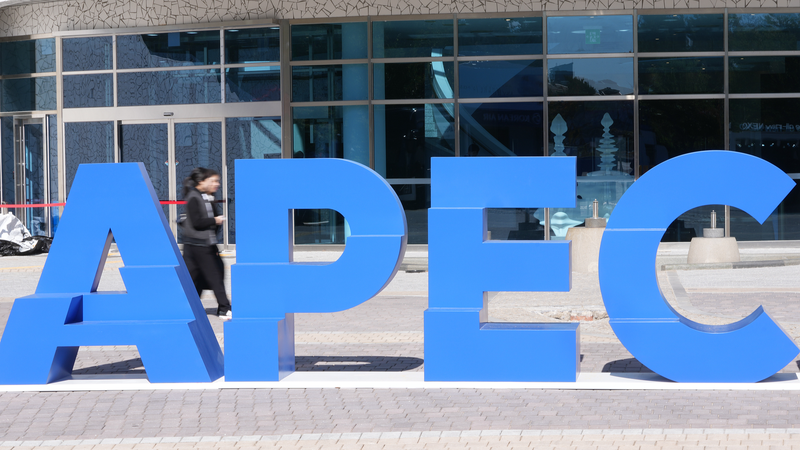The ancient city of Gyeongju, a UNESCO World Heritage site steeped in Korean history, set the stage for the 32nd APEC Economic Leaders’ Meeting this week, where discussions centered on sustaining the Asia-Pacific’s role as a global economic powerhouse. Chinese President Xi Jinping outlined five key proposals to reinforce regional cooperation, emphasizing multilateral trade, stable supply chains, and inclusive digital-green transitions.
Against a backdrop of geopolitical tensions, Xi’s call for "openness and inclusiveness" resonated with APEC members. The proposals align with the region’s legacy of lowering trade barriers through frameworks like the ASEAN bloc and the RCEP, which covers 30% of global GDP. IMF projections now forecast 4.5% growth for the Asia-Pacific in 2025, with the region contributing 60% of worldwide economic expansion this decade.
Krishna Srinivasan of the IMF noted the Asia-Pacific’s resilience despite tariff disputes and supply chain pressures, calling it "the primary engine for global growth." Analysts highlight China’s advocacy for multilateralism as critical to navigating uncertainties, particularly as RCEP implementation accelerates cross-border digital trade and green energy partnerships.
As APEC members deliberate on next steps, the meeting underscores a shared truth: the Asia-Pacific’s success hinges not on isolation, but on deepening integration—a lesson etched into Gyeongju’s millennia-old stone pagodas and modern trade agreements alike.
Reference(s):
Openness and inclusiveness: The right path forward for Asia-Pacific
cgtn.com
